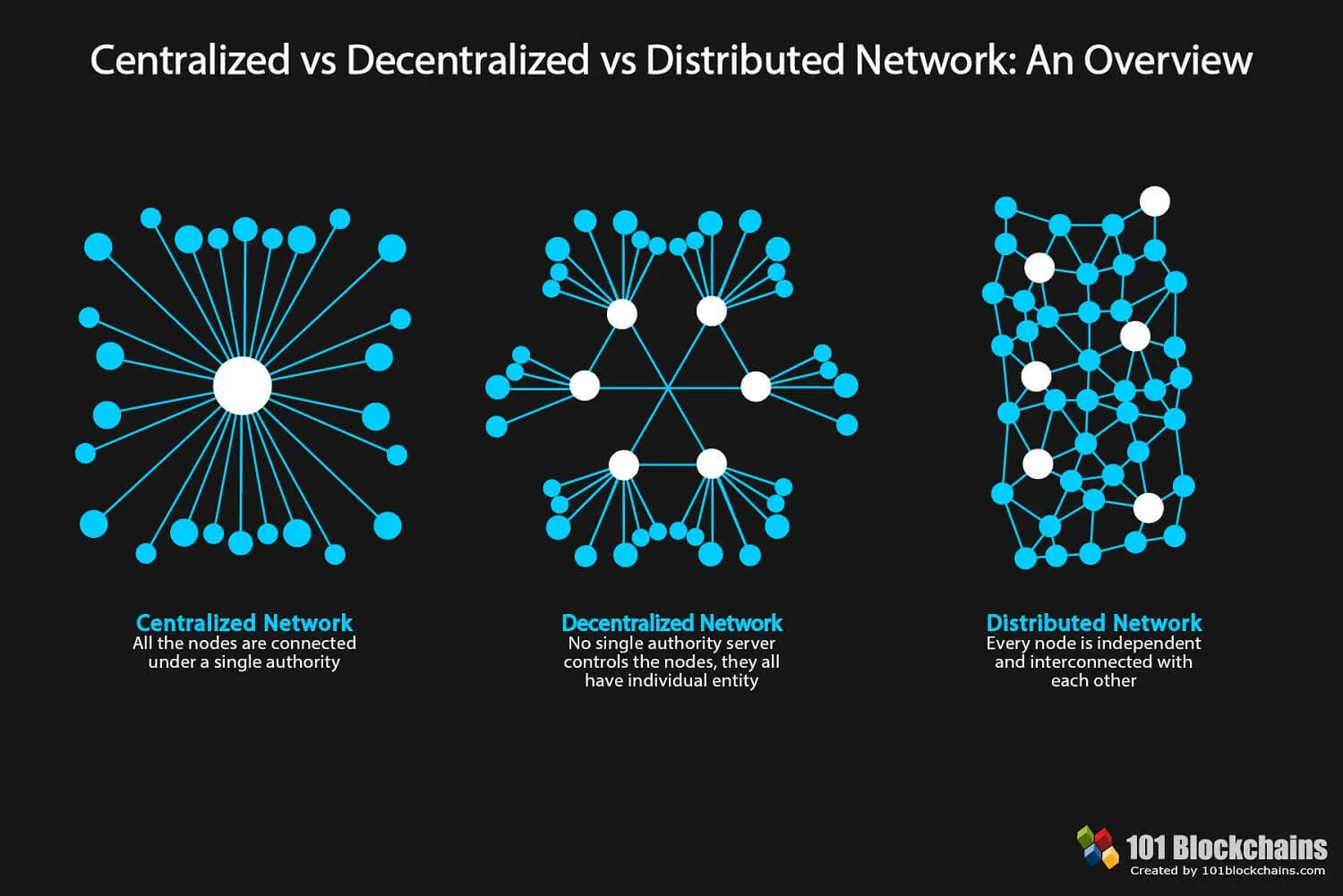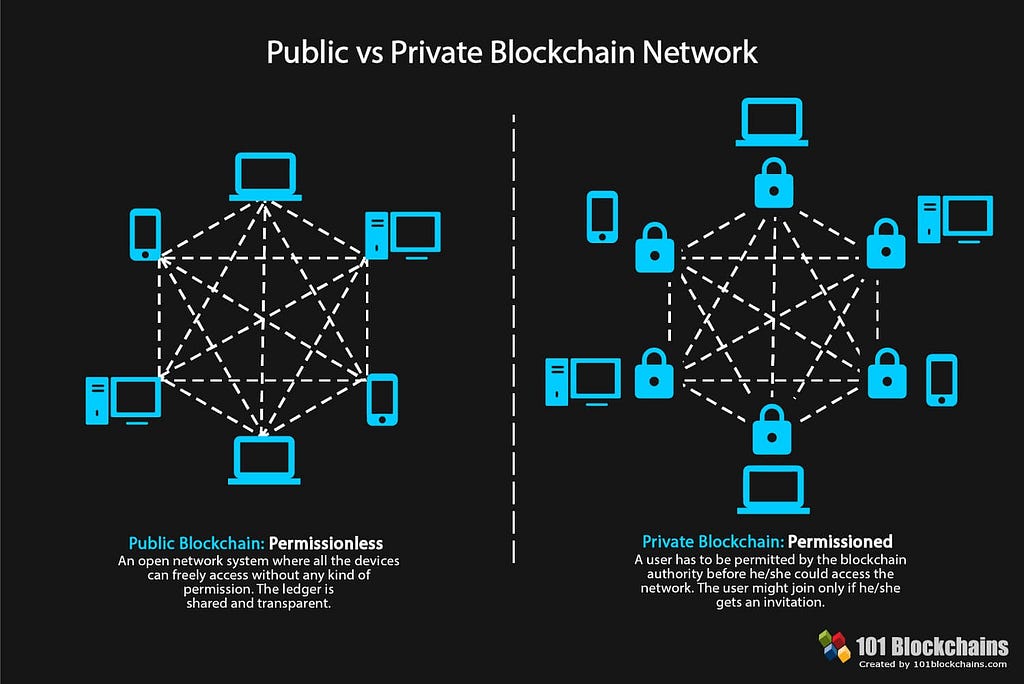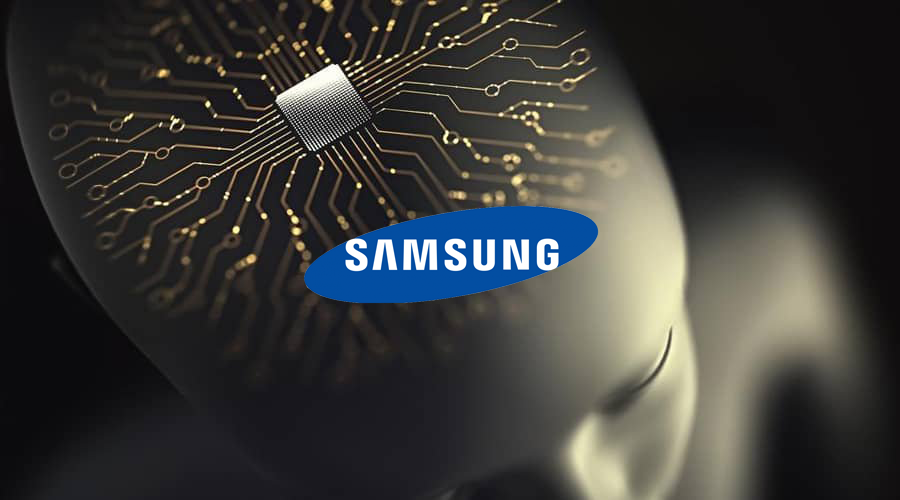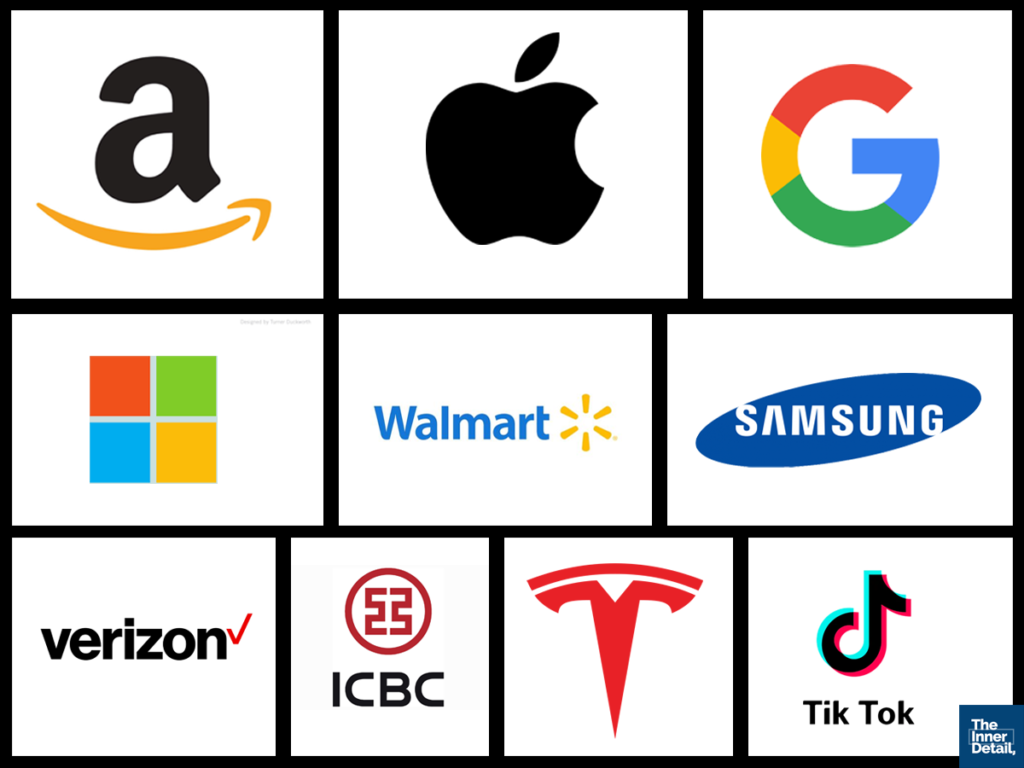Blockchain – A Revolutionary Technology
Welcome to the 3rd decade of 21st Century. As we all experience in our day to day life, the step of technology that it has taken is stretching along, towards the peak. Competitions between persons as in the case 20 years ago, now even technologies compete to exist in the market. As technology grow up rooting its legs firmly, consequently it had also created trust-related issues among the people, when it comes to the case of money or transactions. Lack of transparency on the market & the network, had led the people to a state of wariness. Yet, technology has now proven to overcome this, with its new revolutionary subject BLOCKCHAIN. As we say blockchain, many of you shall be misspelled as bitcoin. To be brief, bitcoin is an electronic transaction that make uses of blockchain technology.
Technology is a useful servant, but a dangerous master!
Blockchain:
Blockchain is a technology that has been emerging since a decade. “BLOCKCHAIN is nothing but a distributive decentralized open ledger”.
To explain more colloquially, it is nothing but a series of blocks linked by a chain. Here the blocks are nothing but digital information recorded. Each block is linked to the previous block with a unique cryptographic ‘hash code’ & hence no two blocks are similar. The linking of blocks is iterative over every information being recorded(for each transaction) and it confirms the integrity of all the way back to the genesis block(a root block from which linking starts).

To explain more briefly, blocks can store information, in case of an example of a transaction being made; it stores the username (under which the transaction was made) as a digital signature, date, time & cost of the transaction. Each block can hold upto 1mb of data. The blocks are then stored in a database to which the peers are connected. Peers supporting the database have different version of history over a period of time; i.e., every transaction ever made adds to the history of block and the peers are updated or overwritten on the old block as a high scoring version, thus distributive. Peers hold only this high scoring version of the database (more recently made transaction) known to them.
The transactions are made in peer-to-peer network; i.e., it involves only the two(peers) between whom the transaction is made. Thus, it prevents the entry of a third party in a transaction, leading to the form ‘decentralized’. This transaction is made accessible to the public (within this blockchain network), thus the term ‘open ledger’.
Now let us again recall the factual definition of the topic. “BLOCKCHAIN is a distributive decentralized open ledger”. I hope the definition is made lucid to you. Not yet? Don’t worry. Continue, to be cleared.
I haven’t failed. I have found 10,000 ways that don’t work!
Thomas Alva Edison
How Blockchain works?
Blockchain is just a simple technology, if explained simply or else becomes puzzling. Here is evenly explained the work being done by the blockchain with a simple example.
Let us assume that you are transferring money from your place to your friend/relative abroad. Here the transaction actually means change in your and in your receiver’s ledger; & it’s not money flies over the distance. This transaction is usually made by the mode of Banks, where comes the third party to help you. This allowance of a third person may be corruptive, if hackers provoke them or else if the system fails. It may also take time for the transaction significantly, if third party involves.
Here one universal ledger takes a substitute of the third party and does the transaction. People involved in, are the participants in that ledger. So, for every transaction happened, all the participants must authenticate and certify the transaction. Here we are not trusting a one centralized system. We are trusting all the participants. And that one universal ledger is called here as BLOCKCHAIN. As said earlier, for every transaction a new block is created in already existed chain, which is authenticated by all other preceding blocks in the chain, i.e., it is communicated to all the nodes of the network & once the validation is acquired from all the nodes, it is added to the chain, and hence the transaction is executed. If the hacker needs to tamper one block, he needs to change all other blocks in that distributed network and it turns out to be impossible.

In motive to persist the chain which requires time, resources, high computing power(to solve algorithms of hash code) and money, Satoshi Nakamoto in 2008 created a cryptocurrency to reward the people having the leg in this chain; this cryptocurrency turns out to be Bitcoin and the chain to be Bitcoin Blockchain. People taking part in this chain where called as miners.
Is blockchain secure?
To answer the question, a big YES. Blockchain has some notable features that spawns it to be more revolutionary. Listed are few.
1. Distributive:
Having seen before, the distributive nature of the chain, here it is explained why to go for the case or what is the need for!
Generally, the transactions being made or soon to be made are stored in the standard database (centralized all over the world or organisation). For a hacker, its easy to access this standard database & pilfer the data. Also, If this database crashes, the whole system failures. To knock over this disadvantage of the traditional way, blockchain has emerged. The peer-to-peer network transactions enables it to be safer since it lacks centralized points of vulnerability. Being distributive, it is impossible to enter into a transaction and also to crash the system. Perhaps impossible, it is useless, to try so. Useless, in the sense will be explained over the blog.

2. Secure and Immutable:
The transaction being made through blockchain technology is cent percent secure. This owes to the reason that; the block being created at every transaction has a digital information in it with a unique hash code. While a block is tampered by hackers, the block’s hash code also changes & this mutated hash code is compared with the previous block, it obviously mismatches & in final, the block is rebuffed or rejected. Then the conventional block is again created after an update, thus making the hacker’s job useless.
Technology is a two-edged sword, that brings disasters along with benefits!
3. Transparent & accessibility:
The blockchain is transparent; in the sense, the products starting from manufacture to the distribution & sales can be recorded over every stage of process which provides a detailed history of the product & its originality of the cost. Coming to the term ‘open ledger’, it means that is user friendly & anyone who has physical access can view it.
Regarding accessibility or permission-less feature(public), accounts the advantage of blockchain that it need not to be guarded against the provoker. The applications or the product can be added to the network without the trust of others, using blockchain as a transport layer. However, permissioned (private) blockchain use an access control layer to govern who has access to the network. For a permissioned blockchain, the computer has to be connected to the private chain to access the blocks.

Application of Blockchain:
Blockchains can be accounted for wide range of applications in almost all sectors by virtue of its characteristics. Here are some major to acknowledge:
1) Supply Chain Management:
Let us consider a product being manufactured and indoctrinated in the market by the producer through a retailer. This is the traditional way which had been existing over the years. The method has a prejudice that moving the product through a retailer may have chances of selling the product at an underlying price. However, retailer sees profit, hiking the price. This means was overruled by the blockchain technology. Here, product contains every data with time-lapse starting from the production to the sales, making it transparent. Thus it reduces cost, errors, single record policy and less human interventions.
Real-time materializing includes Walmart attempting to implement this blockchain in view of connecting and tracking all suppliers, purchasers and all involving in the delivery of products around China, making more public-friendly.
2) Cyber Security:
Cyber crimes & Cyber attacks that we all hear in news are the biggest dismay to the public. Nevertheless, blockchain is the best solution to secure the transaction from being tampered and also for improving cyber security across industries because of its immutability.The benefits are high security, decentralized storage, quick transactions and low cost.
In real-time, Mastercard is building Blockchain for smooth and firm transactions. It also allows exchanging the currency without the need of a central authority.
3) Voting:
Blockchain switches over the perpetual way of voting system that is through Electronic Voting Machine(EVM). The case is that EVMs can be manipulated & misled. Blockchain’s distributive and transparent feature guarantees for a lawful accomplishment. Votes here, stored as blocks & the iterative process makes it easy too, for counting process.
In real-time, Australia uses a MiVote. MiVote is a token based blockchain platform which is similar to a digital ballot box. It not only protects the integrity of the vote but also the security of the election process.
EPILOGUE:
The Science of Today is the Technology of Tomorrow!
Coming to the conclusion, its clear that many revolutionary technologies are evolving reducing the man power, to minimum. For example, pilots and camera man’s combined work are surmounted by drones; Shops are crushed by online markets like Amazon, Flipkart. Thus, the world urges to be in the competition of updating and enhancing ourself to survive in the upgrading world. Nonetheless, we update & be in touch with all new modifications made, it becomes hostile to live.
“Knowledge is Power” &“Information is Wealth”
References:






